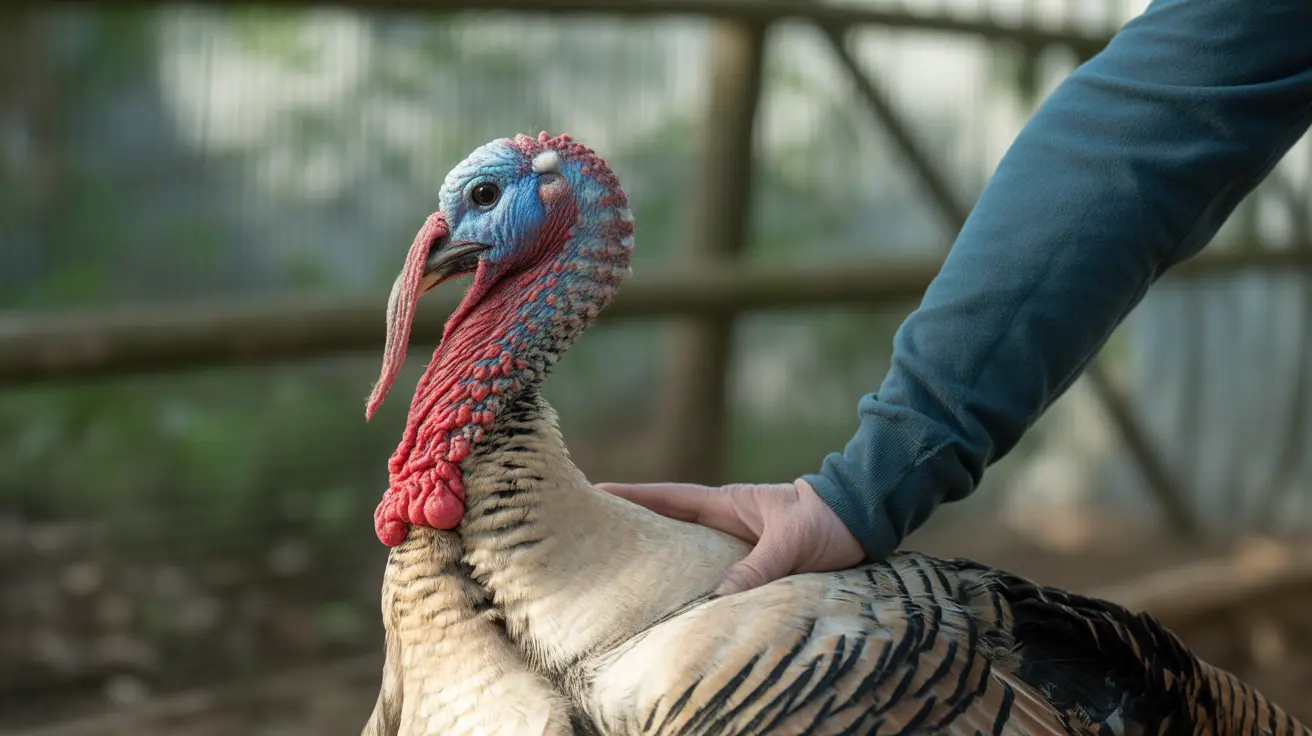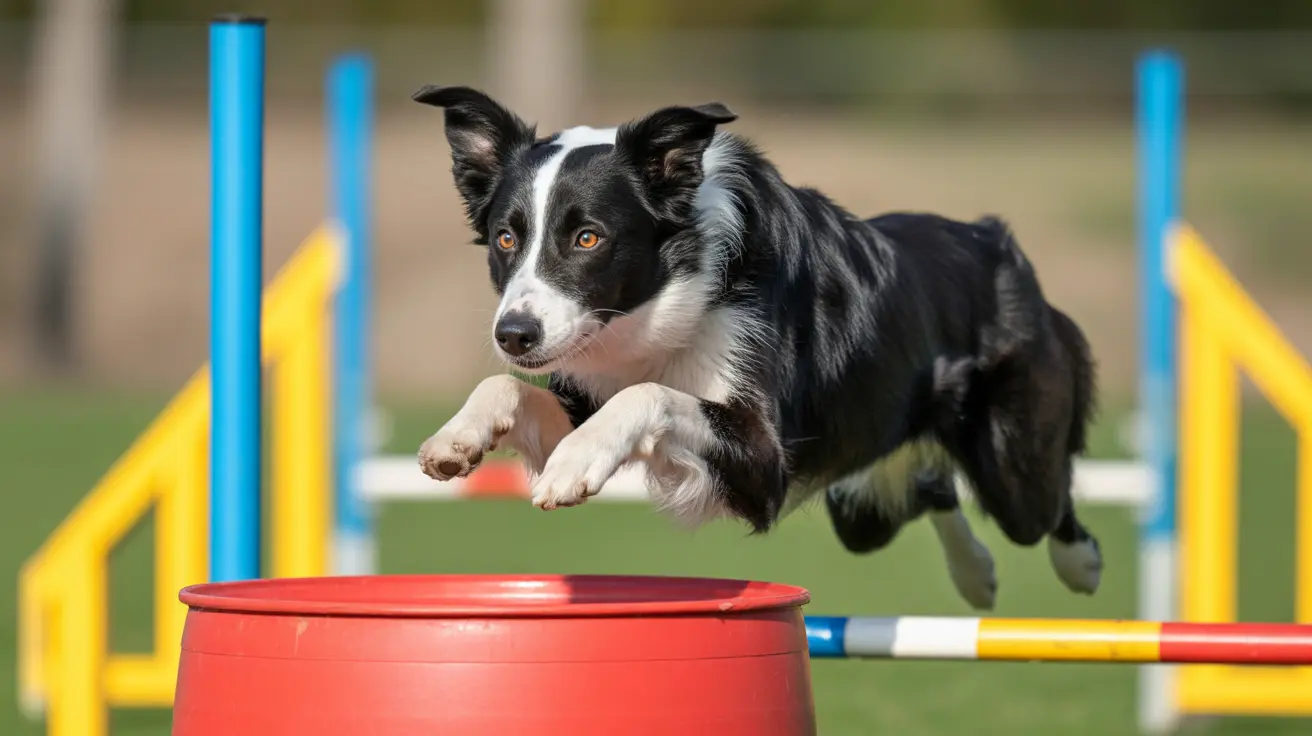The Importance of Trimming Your Dog’s Dew Claws
If you’re a dedicated pet owner, you probably already care for your dog’s coat, eyes, and teeth. But have you thought about your dog’s dew claws? Neglecting these seemingly minor digits can lead to pain, injury, and expensive veterinary visits. Let’s explore why trimming dew claws is essential for your dog’s well-being.
What Are Dew Claws?
Dew claws are the small toes located higher up on a dog’s legs, usually on the inside of the front legs. They are often referred to as the dog’s “thumb,” though they differ significantly in function and structure from our own.
Most dogs have four toes that touch the ground and one dew claw on each front paw. Some breeds may also have dew claws on their hind legs, attached mainly by skin and not by bone.
Function and Utility of Dew Claws
Front dew claws are often connected by bone and ligaments, meaning they serve functional purposes. These include:
- Providing traction when running at high speeds
- Stabilizing the wrist joint
- Helping dogs hold objects while chewing
- Assisting in climbing or maneuvering rough terrain
Rear dew claws, when present, usually lack a bone connection and are only held by skin. Their functionality remains questionable and offers minimal benefit.
What Happens If You Don’t Trim Dew Claws?
Because dew claws are positioned higher on the leg, they often don’t wear down through regular movement like other nails. This can lead to several issues:
- Overgrown Nails: The nail may curve in, risking puncture or pain when it pushes into the skin.
- Ingrown Dew Claws: Nails that grow inward can embed into the paw and create painful wounds.
- Infections: Broken or torn dew claws are vulnerable to bacterial infections.
- Injury Risks: Untrimmed dew claws can snag on carpeting, foliage, or fences, leading to splits or tears.
How to Check and Trim Dew Claws
Regular maintenance is key. Here are a few steps to ensure your dog’s dew claws remain healthy:
- Check weekly: Run your finger beneath each dew claw. If it catches your finger, it likely needs a trim.
- Use proper tools: Invest in high-quality pet nail clippers.
- Trim carefully: Avoid cutting into the quick, a blood vessel inside the nail, which can be painful and cause bleeding.
- Seek help if needed: If you’re unsure, a groomer or veterinarian can show you the proper technique.
When Is Dew Claw Removal Appropriate?
Some breeders or dog owners choose to have dew claws removed. While front dew claws are often functional and should not be removed preventatively, there are circumstances when removal may be warranted:
- Persistent injury or infection
- Loose or double rear dew claws prone to catching
- Breed-specific cosmetic standards (although increasingly controversial)
- Fit with show ring criteria in some breeds
Veterinarians typically perform dew claw removal on puppies under five days old, or during procedures like spaying or neutering if necessary later in life.
Potential Risks of Unnecessary Removal
Despite preventive reasoning, many veterinarians report that dewclaw injuries are relatively rare. Removing functional dew claws may increase a dog’s risk of:
- Orthopedic issues
- Reduced stability during movement
- Increased incidence of arthritis
Dew claws contribute to reducing limb torque and improving traction, especially for working breeds who benefit the most from their anatomical features.
Breed-Specific Considerations
Certain breeds like the Great Pyrenees, Briard, Beauceron, and St. Bernard are actually expected to have rear dew claws, and removal in those cases may be grounds for disqualification in dog shows.
How Often Should Dew Claws Be Trimmed?
While active dogs may naturally wear down their dew claws to an extent, most dogs will need nail trims every 3–4 weeks to prevent complications. Regular grooming visits or consistent home care ensures that the dew claws remain at a healthy length.
Conclusion: Do Not Neglect the Dew Claw
Though small in size, dew claws play a significant role in your dog’s mobility, comfort, and health. Routine checks and simple trimming are all it takes to prevent painful, costly issues. Unless a medical reason necessitates removal, dew claws—especially front ones—should be maintained, not removed. Keep an eye on them just like you would any other aspect of your dog’s health.





